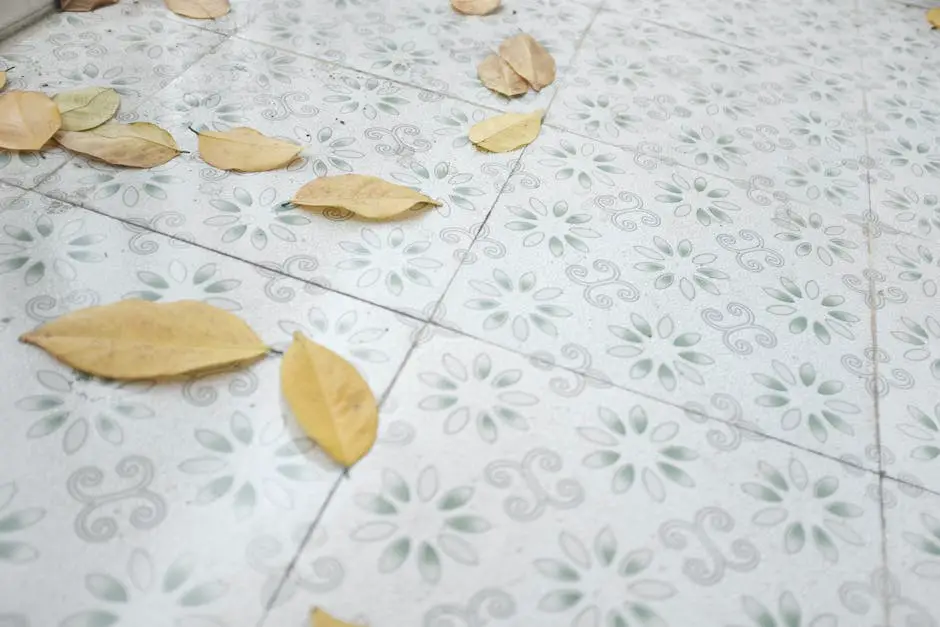Scrabble, one of the most popular board games across the globe, requires not just an extensive vocabulary, but also a keen strategic mind. To truly excel, a player must understand the mechanics, rules, and the points system that underlie this captivating game. The significance of the board layout, the value of each letter, how to properly form words, and the method by which scoring unfolds in Scrabble are all stepping stones to becoming an expert player. However, it’s not enough to just grasp the basics. Mastering this game also takes an understanding of strategies such as managing your tile rack effectively, when to play high-point tiles, and how parallel play can vastly increase your points scored.
This article contains affiliate links. I will earn a small commission at no extra cost to you if you purchase a product through them!
Understanding Scrabble Basics
Understanding the Basics of Scrabble
Scrabble is a fun and challenging word game that can be enjoyed by players of all ages. The game is played on a square board with a 15×15 grid of cells, and the objective is to earn the highest score by forming words from individual lettered tiles.
Scrabble Rules
The game begins by each player drawing seven tiles at random from a bag of 100 tiles. Each tile is assigned a point value based on its rarity or difficulty of use. For instance, commonly used letters such as ‘E’ or ‘A’ are worth only one point while less frequently used letters such as ‘Q’ or ‘Z’ are worth 10 points. The game then continues with players taking turns to form a word on the board using their tiles.
Words in Scrabble must be formed from left to right in rows or from top to bottom in columns. Each turn, a player has the option to form a new word, exchange tiles, or pass their turn. After playing a word, the player then draws new tiles from the bag to replace the ones they’ve used, ensuring they always start their turn with seven tiles.
Scrabble Scoring System
You earn points in Scrabble based on the cumulative point value of all the tiles used in the words you form. Also, the Scrabble board is designed with “premium” squares that can boost your score. These premium squares include:
- Double Letter Score (light blue): Doubles the point value of the tile placed on it
- Triple Letter Score (dark blue): Triples the point value of the tile placed on it
- Double Word Score (light red): Doubles the point value of the entire word placed on it
- Triple Word Score (dark red): Triples the point value of the entire word placed on it
Using these premium squares strategically can significantly increase your score.
Winning the Game
The game of Scrabble ends when all the tiles in the bag have been drawn and one of the players has used all of their tiles. At this point, the player with the highest score is the winner. If, however, the game ends in a tie, the player who scored the highest total point value (including bonuses) in a single turn is declared the winner.
Now that you are familiar with the basics of Scrabble, it’s all about practice, strategy, and of course, having fun!

Strategizing Your Play
Beginner’s Guide: Maximize Your Scrabble Score By Strategizing Your Play
Scrabble is much more than a word game; it is a strategic battle of wits. Winning requires not only a vast vocabulary but also the ability to use your tiles wisely and strategically. Here are a few strategies you can use in your next game:
Saving the High-Point Tiles for Bonus Squares
High-point tiles such as Q, Z, J, and X can bring significant benefits, as they have points of 10 and 8, respectively. However, placing these on the regular squares might not be the best idea, as their potential is not fully utilized. Aim to reserve your high-value letters for DW (double word), TW (triple word), DL (double letter), or TL (triple letter) squares. This tactical move will significantly magnify your score.
Making Parallel Plays to Score More Points
Parallel plays are when you add a word adjacent to an existing one, creating multiple new words simultaneously. This strategy not only increases your score but also allows you to tie up the board, making it more difficult for your opponents. But remember, the new words you form need to be legitimate scrabble words.
Strategic Tile Placement
In Scrabble, not just which word you play matters, but where you play it does too. Never let your opponent access the triple word score point. You should only open this bonus if you are certain you can use it yourself on your next turn. Defensive play in Scrabble is often overlooked but can be the difference between winning and losing.
Managing Your Tile Rack Effectively
Effectively managing your tiles can also help improve your game. One favored strategy among Scrabble champions is called “tile turnover”. This involves using as many tiles as possible each turn to get a fresh set of letters to use. Additionally, you should aim for a balanced rack, both in terms of consonants and vowels, and high and low scoring letters.
Adopting a tactical mindset is key to Scrabble success. With practice, these strategies will become second nature and can turn you into a formidable opponent. So get those tiles shuffling, keep those dictionaries close, and may the best wordsmith win!

An in-depth understanding of Scrabble isn’t achieved overnight. It’s a journey, one filled with mastering the intricacies of the game’s rules, learning to adopt and adapt various strategic approaches, and continuously expanding one’s vocabulary. The thrill of Scrabble lies in its blend of language knowledge and critical thinking; playing strategically by capitalizing on bonus squares, optimizing word formations, and managing your tile rack can sway the game in your favor. With a solid grip on the techniques discussed, you’re well on your way to not only elevating your Scrabble game but also deriving more enjoyment from this classic word board game.
